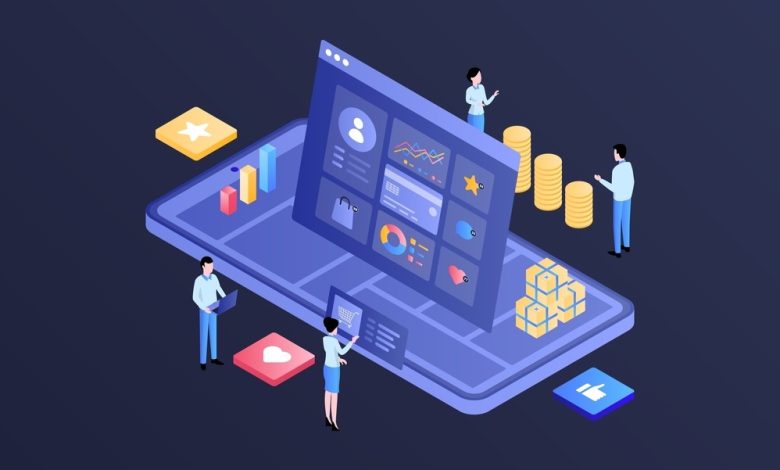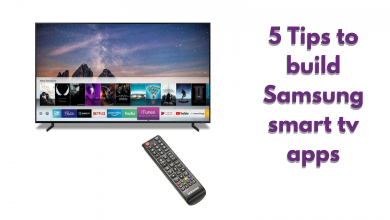How Much Does Mobile App Development Cost in 2022?

The costs associated with developing mobile apps are contingent on a number of different factors. It is necessary to think about the creation of platform-based applications, front-end and back-end development, the level of quality assurance that is implemented, and production costs.
The mobile app development cost of an app with basic functionalities might range anywhere from one thousand to five thousand dollars. Developers are able to drastically reduce the time it takes for an app to be brought to market, which in turn results in significant cost savings. This is made possible by Mobile’s capabilities, which include the creation of apps that are not only engaging and appealing but also robust, responsive, and highly effective.
The most recent technological advancements are particularly useful in the process of producing a minimum viable product (MVP) because they enable the speedy production of an app demo that provides stakeholders with a preview of the app they intend to develop.
A general rule of thumb for estimating the cost of a mobile app development project is to multiply the number of hours needed to construct, test, and deploy the app by the price that the development partner costs per hour. This gives an approximation of the budget. Nevertheless, this assessment needs to take into account the following characteristics:
Factors Affecting the Cost of a Mobile App Development
1. Features
The features that the commissioning organization wants to be included in their app are among the most important elements that determine how much it will cost to construct the app. There are some features that can be made with little effort thanks to Mobile’s widgets, but there are other features that can require many weeks of work before they are built and incorporated into the app in a way that is completely seamless. For instance, the development time for an app with a share function can be anywhere around 8 hours, whereas an app that filters images might take more than 100 hours to create. Keeping in line with the latest mobile app development trends is also essential.
There are numerous examples of pricey feature enhancements, including video and audio call support integration, text chat, GPS tracking, and payment gateways.
2. Location of the Partner
The price of development will change depending on where it is carried out. A software developer in the United States may charge up to two hundred dollars an hour for their services. A developer in the Philippines or India may provide quality work at a fraction of the cost. Because of the varying expenses of living in different nations, the pay of software developers is also affected. As a result, a mobile app development company in countries like India, Ukraine, and the Philippines is able to offer more affordable coding services.
3. Process Followed
The development process of mobile apps starts with the exploration phase. The customer communicates with the development partner regarding the features they want to see included in the app. As well as the time range in which they anticipate it will be finished. Next, the development partner will respond with their own estimation. After some discussion and planning, a decision will be made on the budget and the timeline.
In some circumstances, this conversation might go for no more than an hour and a half. And in others, simply coming to a conclusion might take several days or even several weeks.
4. Additional Costs to Consider
After an app has been released, the costs associated with its development do not end. After the app has been released to the public, it will still require regular maintenance and updates in order to ensure that it is error-free and remains relevant. There are certain businesses that provide support and maintenance packages, but customers have to pay extra for them. In addition, the process of deploying app results in extra costs being incurred, such as server rent, design charges, and release costs.
-
Server Rent
When it comes to storing user information, having enough server capacity is an absolute must for an app. In addition, in order to minimize downtime, it is necessary to obtain server space from a reputable service provider such as Amazon. For instance, the cost of a 24/7 server with 32 GB of RAM and an 8-core CPU would be $1,650 a year.
-
UI/UX Design
Features of design such as the color, type, and size of fonts. In addition to elements such as the design of BGs navigational buttons and drop-down menus. All have varying levels of functionality and consequently quality. Which in turn affects their prices. The amount of time spent on UI/UX development might range anywhere from forty to five thousand hours. This has a direct proportionate effect on the cost of app development.
-
The Price of Release
There is a fee associated with releasing apps on Google Play and the Apple App Store. A yearly subscription of 99 USD is required to use the App Store. However, the Play store only requires a one-time payment of 25 USD.
-
Continual Improvements and Upkeep
If an app does not provide updates over time users that are will switch to a different app. The moment they believe that your app’s utility or social currency has diminished. So you need to keep customers through the release of updated versions, updates, and upgrades. This is essential to user retention. The next issue to consider is the expense of ongoing maintenance. These charges will increase over the course of the app’s existence. The price of app updates and maintenance accounts for an average of twenty percent of total development expenditures.
Wrapping-up
Because each mobile app development services provider operates at a different price point, there is no standard method that can be used to calculate the cost of developing and maintaining a mobile application.
In a nutshell, the time it takes to construct an application can determining how much an app will cost. If the development partner needs more time to finish the project, this will result in greater consumption of resources. Which will lead to an increase in the overall cost. It is essential for the organization that is doing the commissioning. As well as the partner that will be doing the mobile development to be aware of any financial limits and to establish time frames that are reasonable. The good news is that Mobile is a robust toolkit that contains many features that simplify development. Which in turn reduces the amount of time and resources required for development.





